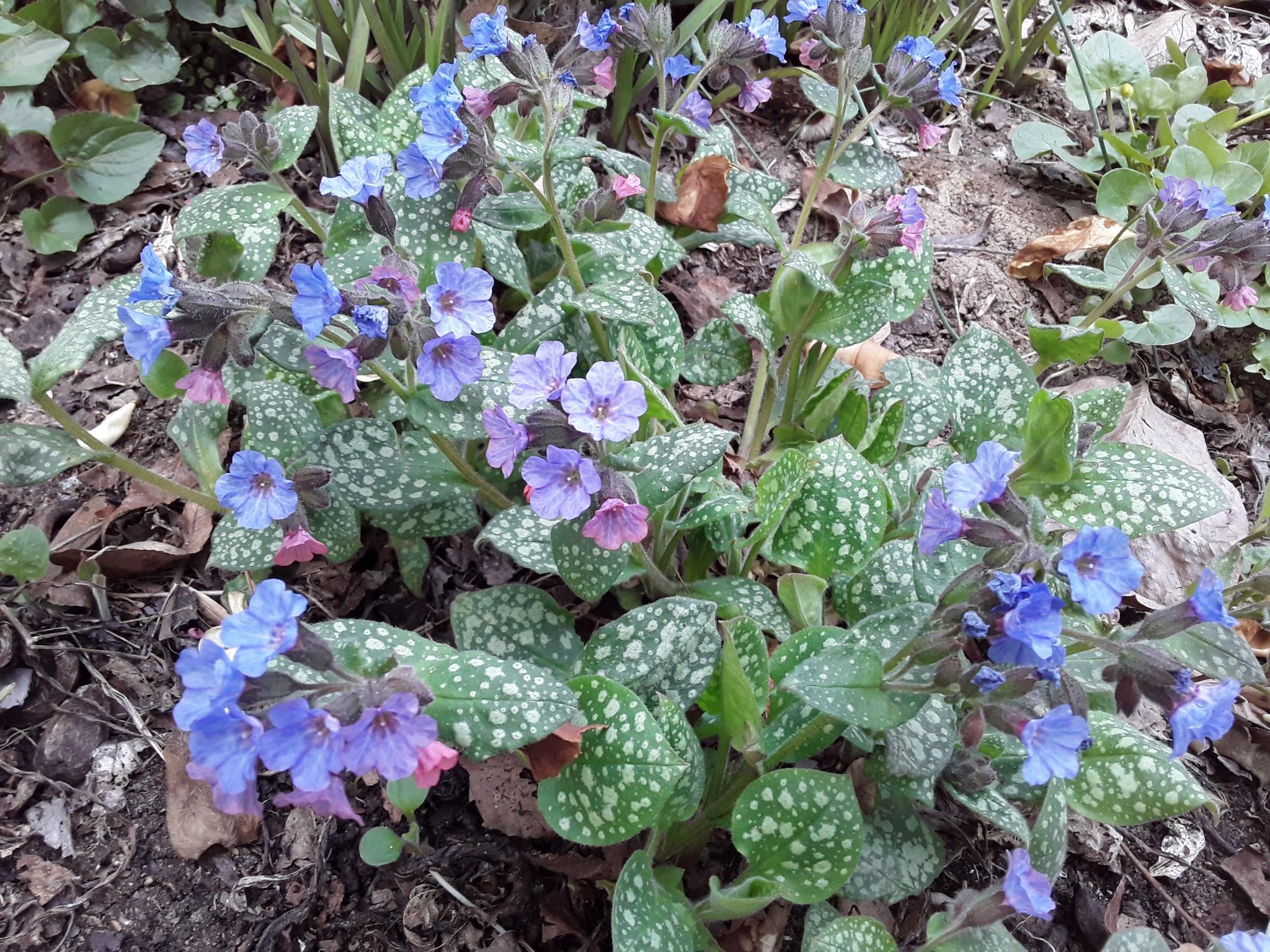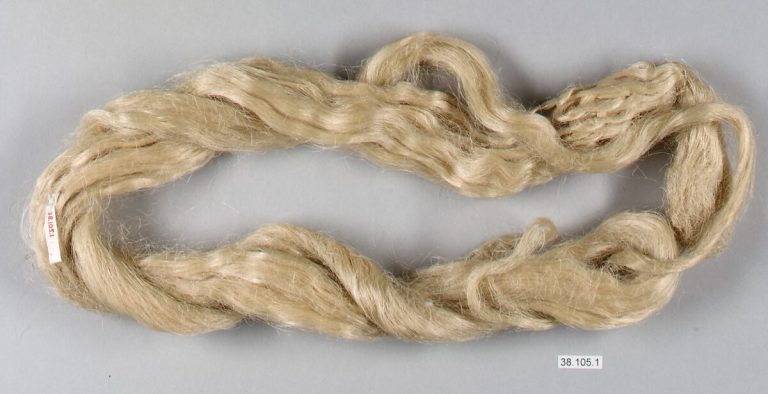Staple herbs like basil, oregano, parsley, and thyme adorn many an herb garden for their culinary uses; yet there are dozens of lesser-known herbs that are equally useful and easy to grow. Whether you’re looking for fantastic flavors, simple beauty or natural medicine; these unusual herbs will add another dimension of interest and utility into your garden, with very little work.

Borage
Borage (Borago officinalis) is a fuzzy-foliaged annual with bright blue, edible flowers. The plant grows to a height of 2 to 3 feet, in a loose, clumpy shape most suitable for natural or cottage gardens. Once established, it will produce clusters of star-shaped flowers all summer long, attracting pollinators and other beneficial insects to your garden.
Both the leaves and flowers have a cucumber-like flavor, and multiple medicinal properties. Some suggest that they are mildly toxic; yet more promote the flowers as a decorative, edible garnish, and the leaves as an herbal tonic in the form of tea, or raw in salad. The seeds are processed for their medicinal oil. High in gamma linolenic acid, borage oil is often applied for skin conditions or taken to reduce inflammation and pain in the treatment of various illnesses.
Borage is also adept at accumulating nutrients from the soil — helping to reduce the loss of nutrients through leaching. Using excess plants as mulch or liquid fertilizer makes the gathered nutrients available to other plants, and adding borage to your compost will help facilitate the break-down of other organic material.
Borage is not too picky — it likes well-drained soil in full or partial sun. Sow borage seeds directly outdoors in the spring. Sow it once and it will self-sow every year, as long as you let some of it go to seed.

Evening Primrose
Success
You are now signed up for our newsletter
Success
Check your email to complete sign up
Evening primrose (Oenothera biennis L) is a native wildflower of North America, and grows readily all across the United States and Canada. Its cheery, yellow flowers open late in the day, attracting night-time pollinators and bats.
The leaves, flowers and roots are all edible, and have long been used in traditional herbal remedies. Evening primrose oil, extracted from the seeds, is a popular supplement used for skin health and hormone regulation.
The plant’s medicinal properties can be attributed to its many minerals and other natural compounds. Evening primrose is known to provide Vitamin C, calcium, copper, iron, magnesium, potassium and zinc, as well as Omega-6, linoleic and amino acids.
Documented health benefits range from anti-inflammatory pain relief and antioxidant cell protection to improved fertility for women and insulin regulation for diabetics. Folk remedies call on evening primrose as a treatment for headache, baldness and laziness!
Evening primrose likes a dryer soil, with full sun. This biennial does not transplant well, so it is best grown from seed. Start seeds indoors in the spring, or direct-sow outdoors after your last frost. If you have poor drainage, amend your soil with sand first. The plant will self-sow and spread, so give it plenty of room — or be prepared to pull some out eventually.

Feverfew
Feverfew (Tanacetum parthenium) is a perennial herb in warm climates, or a self-sowing annual in cooler regions. The 24-inch plant has delightfully-fragrant, fine-textured foliage and bursts into a full bouquet of small, daisy-like flowers each summer.
Traditionally used as an herbal remedy, feverfew not only helps break a fever, it also relieves the pain of headaches, toothache and arthritis, and may be effective against anxiety and depression. The compound parthenolide, found in feverfew, is being researched for its potential cancer-fighting properties.
The benefits of feverfew can be obtained most easily through an herbal infusion (tea). The leaves and flowers can also be used to make a medicinal tincture or a soothing salve.
Feverfew is easy to grow, but should be placed apart from fruiting plants. Like its chrysanthemum cousins, feverfew produces a natural insecticidal compound called pyrethrin. Fresh or dried, the herb can be used to repel insects, but it also deters pollinators. If you are unsure where to put it, try growing it in a container. That way, if you find it interrupting the pollination of its neighbors, you can easily move it.

Lovage
Lovage (Levisticum officinale) is a tall perennial grown mainly for culinary purposes. The stalks and leaves have a robust flavor reminiscent of its cousins parsley and celery. The herb can be added fresh to summer soups and salads, or dried for seasoning later in the year. I have a dear friend from Germany who uses the dried herb to make a “lovage salt” as a go-to seasoning.
Although not stunningly beautiful, the yellow, umbel-shaped flower clusters attract many pollinators, while the abundant foliage provides shelter for other beneficial insects. To promote lush foliage, deadhead most of the spent flowers, but do save some for the flavorful seeds.
Like many herbs, lovage also contains medicinal compounds — including coumarins, phthalides, and polyphenols. It has traditionally been used to treat kidney stones and urinary tract infections, as well as sore throat, tonsillitis and rheumatism.
Lovage prefers partial shade or filtered sun, with fertile, moist, well-drained soil. Start seeds indoors in spring, and transplant out when soil temperatures are consistently above 40 degrees Fahrenheit.

Lungwort
Lungwort (Pulmonaria officinalis) is the perfect herb for a shady garden. This low-growing groundcover has white speckled leaves to brighten up dim corners; and its early, blue flowers are a feast for the eyes — as well as the hungry pollinators. The plant spreads slowly through underground rhizomes, which need a relatively moist soil to thrive.
The leaves’ resemblance to a diseased lung gave early herbalists a hint about the herbs usefulness, and thus the less-than-flattering name. Lungwort’s fuzzy leaves have traditionally been used in tea to alleviate asthma, bronchitis, cold symptoms and coughs.
The plant contains medicinal compounds like allantoin, quercetin, saponins and tannic acid; which account for its antibiotic, healing and cleansing properties. Its high mucilage content is responsible for the soothing action in respiratory and throat treatments.
Plant lungwort out in the fall for best results. Choose a shaded area with rich soil that holds moisture without becoming soggy. Clip the spent flowers to promote beautiful foliage through the summer. Most commercially available pulmonaria plants are hybrids, so their seeds will produce a mix rather than a duplicate of what you purchased. You can propagate more lungwort by carefully dividing the roots. Be sure to provide ample water for the new plants to establish.

Stevia
You may be familiar with stevia (Stevia rebaudiana) as a natural, healthy sugar substitute. The leaves of this plant are used to make an alternative sweetener that is about 200 times sweeter than sugar, with zero calories, carbohydrates or artificial ingredients.
A small, clumping shrub in its native South America, stevia can be grown as an annual plant in moist, well-drained, acidic soil almost anywhere. Germination is iffy with stevia seeds, so try to find a small plant from a nursery, or propagate stem cuttings from a friend who keeps stevia. Stevia needs full sun, so if you bring it indoors over the winter, give it a sunny window. For the best flavor, harvest before flowering begins by cutting back the stems of foliage.
If you want to reduce your sugar intake, try adding a small amount of fresh or dried stevia leaves to your tea or coffee. Dried, powdered leaves can also be used in recipes, but they sometimes cause discoloration in baked goods, and the reduced sugar will affect many rising agents.
These are just a handful of the many herbs that can add character and utility to your garden; not to mention boosting your health. Growing plants that are native to your area is almost effortless, beneficial to wildlife, and harmonious with the environment; but it’s also fun to challenge yourself with more exotic species.
There are very few plants that aren’t valuable in some way. In fact, many of the “weeds” people are so anxious to pluck out of their gardens are extraordinary medicinal herbs. Keep an eye out for an article on this topic coming soon!
READ ALSO:












